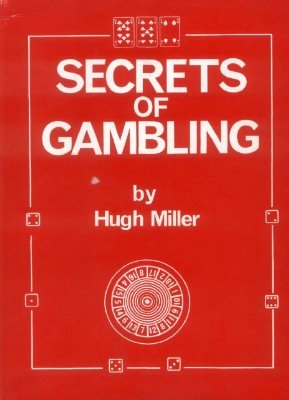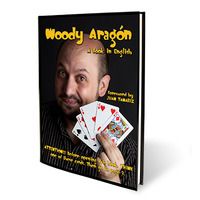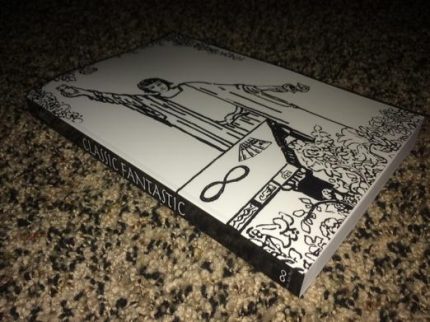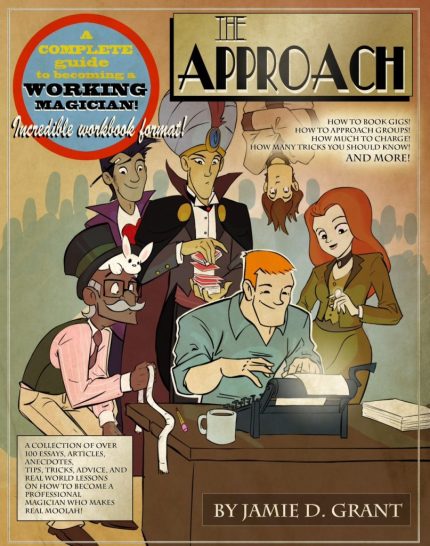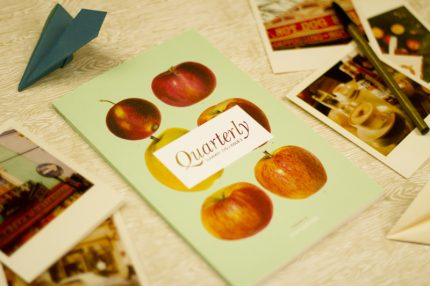This is a great book on the secrets of how to cheat with cards and dice at many popular games – a guide to dishonest gambling. It offers a good overview of the various methods from mechanical cheating methods to sleight of hand.
1st edition 1970, original 128 pages; PDF 82 pages.
Table of Contents
- Introduction
- Cheating at cards
- Mechanical Methods: marking cards, sorts, deck switches, edge marking, daub, punch/nail marks
- Strippers: types of strippers, Vernon’s “Bathroom Strippers”
- Locaters: short, corner shorts, thick cards, long cards, ridge/breather crimps
- Holdouts: Kepplinger type, bug, card index, magnetic cards, ring holdouts
- Shiners
- Confederates: signals, hand signals, other body signals, electronic communication
- Card Handling
- Palming: 3 top palms, gamblers flat palm, 3 bottom palms
- False Shuffling: strip-out riffle shuffle, gamblers false shuffle, to retain a top stock, faro
- False Cutting: a false cut, slip cut, Vernons “The Cold Deck Cut”
- Crooked Dealing: seconds, bottoms
- Miscellaneous Swindles: double lift peek, restoring a cut, top change, locaters, confederates
- The Greatest Swindles
- Dice: loads, caps, shaved dice, beveled dice, mis-spotted dice, magnets
- Detecting Fake Dice
- Crooked Dice Handling: 3 controls, blanket roll, switching
- Find the Lady (three card Monte)
- The Three Shell game
- The Endless Belt (this is the chain loop swindle)
- Elusive Aces: a brief discussion of mis-indexed gaff cards, for use in the three card Monte or other card-based scams
- Roulette
- Safe Bets: several mathematical and proposition type wagers
- The Odds
- Dice (odds)
- Bingo (odds)
- Blackjack (odds)
- Poker (odds)
- Postscript
word count: 23254 which is equivalent to 93 standard pages of text


